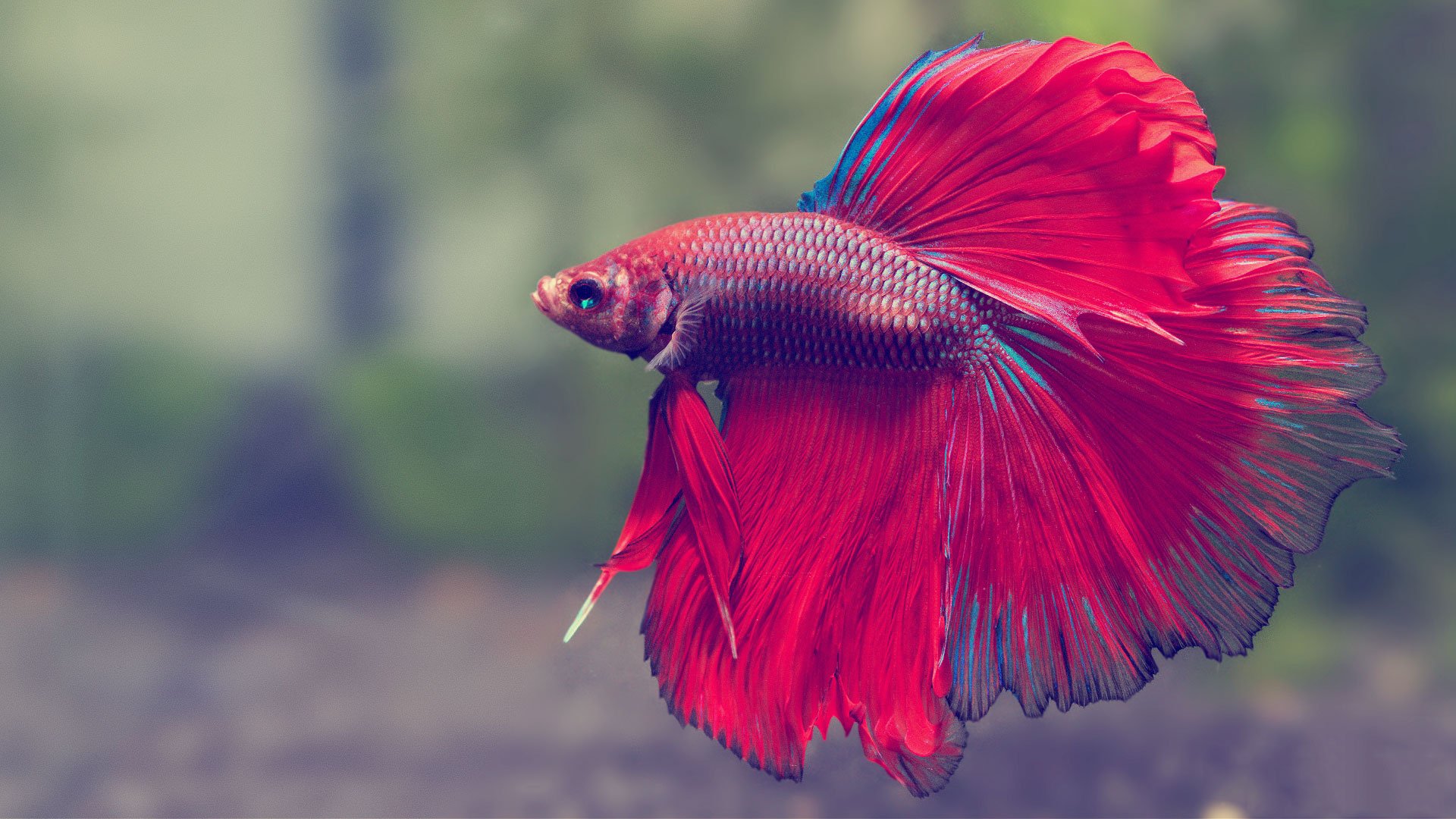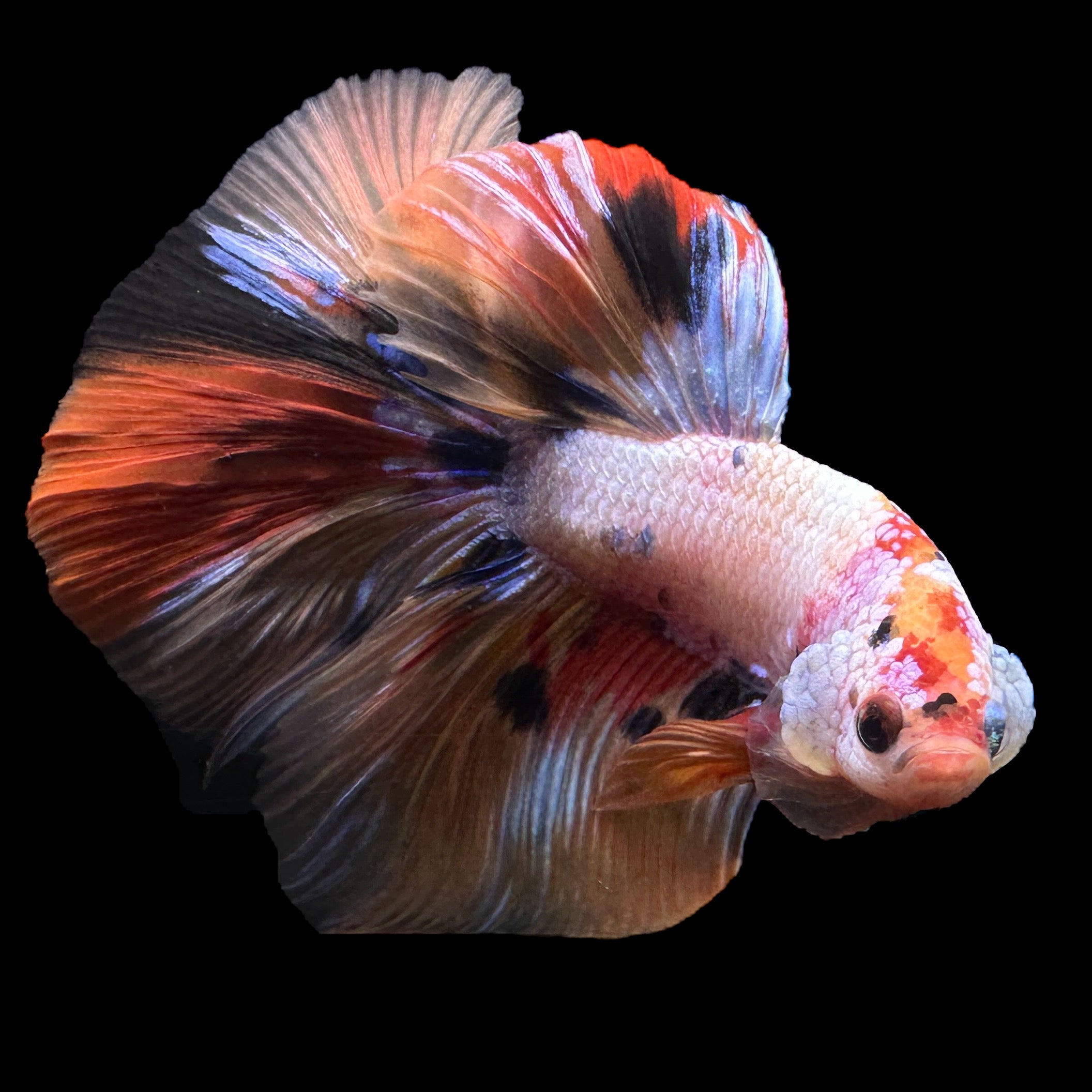Just how to Select the Right Betta Fish for Your Aquarium
Just how to Select the Right Betta Fish for Your Aquarium
Blog Article
Reproducing Betta Fish: a Comprehensive Step-By-Step Guide to Effectively Raising Child Bettas From Eggs to Their Adult Years
Reproducing Betta fish is a thorough undertaking that requires careful planning and execution to ensure the successful development of fry from eggs to mature fish. As the male Betta vigilantly constructs a bubble nest and guards the valuable eggs, the subsequent stages of care and transition demand attention to detail and knowledge of best practices.

Choosing Breeding Pairs
When starting the trip of reproducing Betta fish, choosing the best breeding sets is vital to accomplishing desirable characteristics and a healthy and balanced family tree - betta fish. The primary step in this process is to identify the particular qualities you wish to enhance or protect, such as color, fin type, and body shape. It is necessary to choose genetically varied pairs to stay clear of inbreeding, which can result in wellness problems and unwanted qualities
Review prospective reproducing candidates meticulously. A healthy male Betta needs to exhibit lively colors, an active demeanor, and well-formed fins, while the woman should likewise present vibrant coloration and a rounded stubborn belly, indicating preparedness for spawning. Observing the personality of both fish is important, as hostile or overly reluctant individuals might not reproduce successfully.
Maintaining documents of the moms and dad fish's origins can aid you track hereditary traits and potential issues. Ultimately, investing time in the selection process will significantly enhance the possibility of creating strong, dynamic children that meet your breeding goals.

Preparing the Reproduction Storage Tank
Creating an optimum reproduction environment is a vital step after selecting ideal pairs for Betta fish. The reproduction storage tank should be especially developed to provide convenience and stimulate the all-natural breeding actions of the fish. Begin with a tank dimension of a minimum of 10 gallons to guarantee adequate area for both the male and female Bettas.
Preserve a mild filtration system to keep the water clean while avoiding strong currents that can stress the fish. In addition, an air rock can be included in supply oxygenation without interrupting the water surface area as well a lot.
Temperature level guideline is essential; purpose for a stable series of 78-82 ° F(25-28 ° C) using a trusted heater. The pH degree should be maintained in between 6.5 and 7.5, and normal water changes are needed to make certain high water quality.
Integrate drifting plants or spawning mops to produce concealing places for the female, while likewise encouraging bubble nest structure by the man - betta fish. Lastly, make sure the container is free from sharp designs and any type of possible hazards, as the welfare of the fish ought to always be focused on throughout this critical phase of breeding.
The Reproduction Refine
Typically, the breeding process for Betta fish involves a series of distinct and observable behaviors that indicate readiness for reproduction. The male Betta begins by building a bubble nest at the water's surface, which works as a site for the fertilized eggs. This nest is crucial, as it provides a secure setting for the eggs till they hatch out.
When the nest is about his established, the male will present courtship actions, such as flaring his fins and displaying browse around this web-site lively colors to attract the female. The lady, upon picking up the male's readiness, will respond by displaying upright red stripes along her body, signifying her receptiveness.
The fertilized eggs after that fall to the bubble nest, where the male meticulously gathers and returns them to the nest. Following this, the male thinks obligation for guarding the nest and making sure the safety of the eggs until they hatch out, usually within 24-36 hours.
Caring for Betta Fry
Caring for Betta fry requires cautious focus to their environment and nourishment to ensure healthy and balanced growth and advancement. After hatching, Betta fry are exceptionally small and vulnerable, demanding a stable and tidy environment.
Feeding Betta fry is similarly essential. Originally, they need to be used infusoria or carefully crushed premium fry food, as their mouths are as well little to manage bigger fragments. As they expand, you can progressively present bigger foods, such as child salt water shrimp or powdered flakes, to guarantee they get ample nourishment. Feed them tiny quantities several times a day, being mindful not to overfeed, which can lead to water top quality issues.
Transitioning to Grownup Bettas
As Betta fry fully grown, transitioning them to grown-up Bettas is an important phase that requires cautious management of their atmosphere and social communications. This procedure normally begins when the fry reach around six weeks of age, whereupon they can be progressively presented to a much more organized living atmosphere.
To facilitate this change, it is important this page to ensure that the water parameters-- such as temperature level, pH, and ammonia levels-- are optimum and steady. Grown-up Betta fish flourish in cozy water (around 78-80 ° F) with a pH of 6.5 to 7.5. Slowly acclimate the fry to these problems to minimize stress and anxiety.
Social interactions are an additional essential variable; male Bettas are infamously territorial and aggressive. It is advisable to separate men into private storage tanks as they grow. Female Bettas can be housed with each other, yet care ought to be required to keep track of for indications of aggression.
Furthermore, nutritional adjustments must be made as the fry expand. Incorporate top notch pellets and live foods to sustain their growth and health and wellness. By taking care of these elements successfully, you can advertise a successful shift to the adult years for your Betta fish.

Final Thought
Effective breeding of Betta fish needs cautious attention to detail throughout the entire procedure, from picking genetically varied pairs to supplying ideal take care of fry. By making sure appropriate reproduction problems and keeping water high quality, the probability of healthy and balanced spawn increases substantially. In addition, a well balanced diet and gradual adaptation to adult atmospheres are vital for the development and development of Betta fish. Complying with these actions vigilantly fosters a flourishing population of Betta fish, boosting both their health and vitality.
Report this page